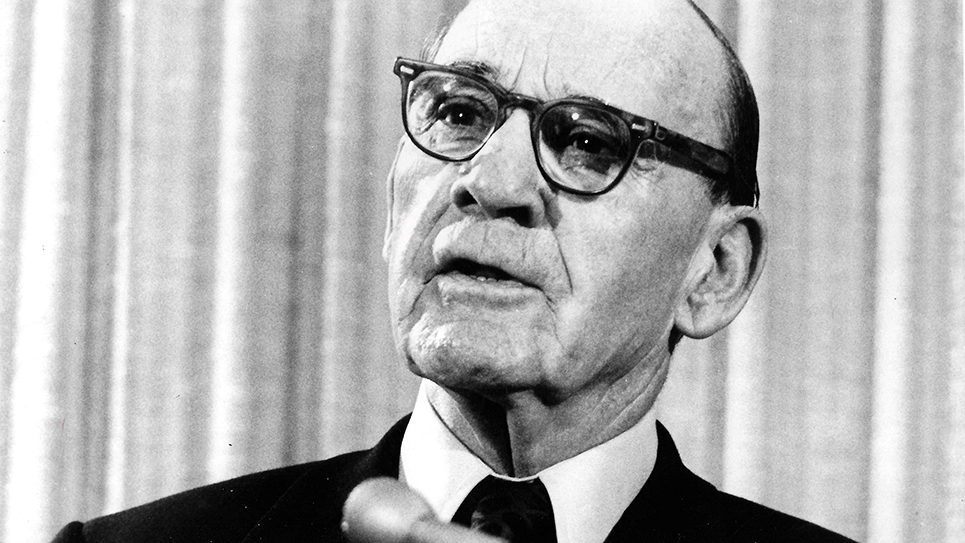By Rosie Moore
Auld Lang Syne is a Scots-language poem written by Robert Burns in 1788 and set to the tune of a traditional folk song. It is well-known in many countries, it’s traditional use being to bid farewell to the old year as the stroke of midnight on New Year’s Eve.
Born in Alloway, Scotland, on January 25, 1759, Robert Burns was the author of “Poems, Chiefly in the Scottish Dialect” and “Tam O’ Shanter.” He was the first of seven children. His father educated his children at home which was a large farm. This hard labor later contributed to the heart trouble that he had later in life.
At the age of fifteen he fell in love and shortly thereafter wrote his first poem. In 1785 he fathered the first of his fourteen children. He spent the final twelve years of his life editing traditional folk songs. These volumes were essential in preserving parts of Scottish cultural heritage. Well-known songs such as, “My Luve is Like a Red, Red Rose” and “Auld Lang Syne.”
Auld Lang Syne means “for old times’ sake.” It’s about preserving a cherished past. It did not become associated with New Year’s Eve until about ninety-one years ago. Guy Lombardo began playing it in New York City at the end of his musical program. It became a tradition.
Robert Burns died of a heart condition at the age of thirty-seven. His fourteenth child was born that same day.
When one gets older it becomes imperative to preserve our past; to remember old friends, to look back on happy events, to cherish the times when we were fortunate enough to be really happy. This song helps us to create those feelings from long ago.
Is it too much to ask that everyone has a Happy New Year in 2019? I hope not.
Thought for the day: But pleasures are like poppies spread,
You seize the flowers, the bloom is shed;
Or, like the snow-fall in the river
A moment white, then melts forever. Robert Burns
Send comments to: rosemerrie@att.net or call 865-748-4717. Thank you.






